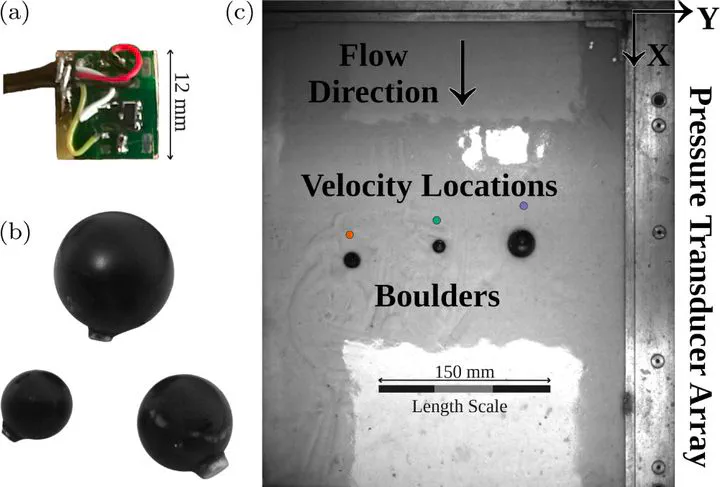Boulder Pickup by Tsunami Surge

Abstract
Study of boulder transport by tsunamis is challenging because boulder size, shape, and composition vary greatly; furthermore, flow conditions, topography, and initial conditions are generally unknown. To investigate the mechanism of boulder pickup, experiments of tsunami-like flow past spherical boulders partially buried in a sediment bed are conducted. The experiments are performed in a large centrifuge facility to reduce scale effects and the corresponding dynamic similitude is discussed. The traditional approach to determine boulder pickup is adapted for the case of a half-buried spherical boulder. The adapted model predicts that the boulders are transported, but does not accurately predict the timing of pick up. To investigate the difference in pickup timing, two physical phenomena are discussed: pore-water-pressure dissipation in the soil, and the impact of the free-surface flow on hydrodynamic forces. For a spherical shaped boulder, vertical forces (i.e. buoyant and lift forces) are critical for the initiation of boulder pickup. It was found that spherical boulders that are three-quarter buried in the soil are not transported, even when exposed to flow conditions that would otherwise predict transport.
Type
Publication
Journal of Earthquake and Tsunami, Vol. 13, No. 05n06, 1941006 (2019)